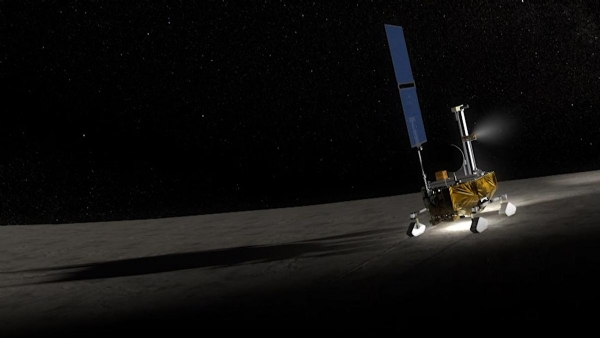NB Explains | India to shift focus on Chandrayaan-4: All you need to know about LUPEX
With the historic success of Chandrayaan-3, India has opened up new frontiers for global space exploration. After Chandrayaan-3, the Indian Space Research Organisation (ISRO) plans to collaborate with the Japanese space agency JAXA for a moon lander mission. The proposed Joint Lunar Polar Exploration (LUPEX) is aimed at exploring water resources in the lunar polar regions.

The announcement came after a recent meeting between ISRO chief S Somanath and Saku Tsuneka, Director General of the National Astronomical Observatory of Japan and Vice-Chair of Japan’s Cabinet Committee on National Space Policy. LUPEX, which is slated to be launched in the next few years, will involve a Japanese rocket carrying an Indian lunar lander and a Japanese rover.
When will it launch?
This joint mission LUPEX, short for Lunar Polar Exploration Mission, is slated for a 2025 launch.
The primary objectives of the collaboration are to:
Its primary objective includes investigating the permanently shadowed craters on the Moon’s dark side to find and reconfirm the presence of ice/water deposits. Once confirmed, the LUPEX rover will check how much water there is and what it's like in terms of quality and quantity.
☑️The mission is scheduled to launch in 2025.
— Current affairs🎯 || Gaurav Gupta (@gaurav_writes) August 24, 2023
☑️LUPEX will use a rover and lander to study the possibility of establishing a base on the Moon, the availability of water ice,and surface exploration technologies.
☑️JAXA and ISRO are developing the rover and lander, respectively.